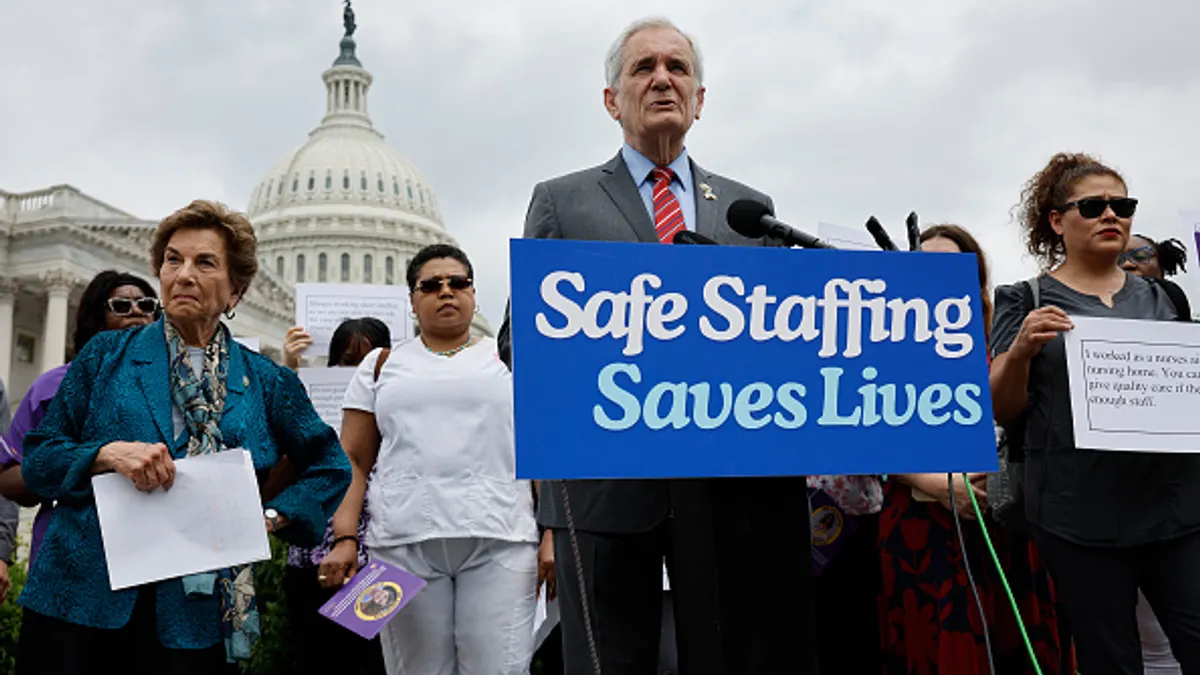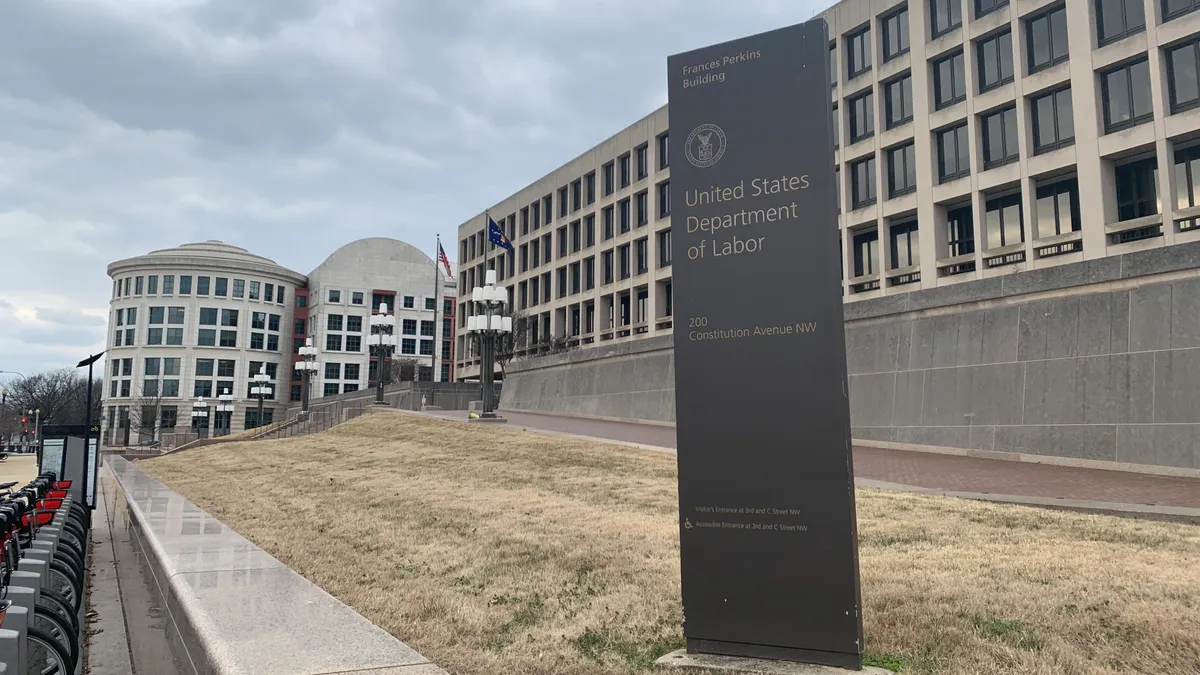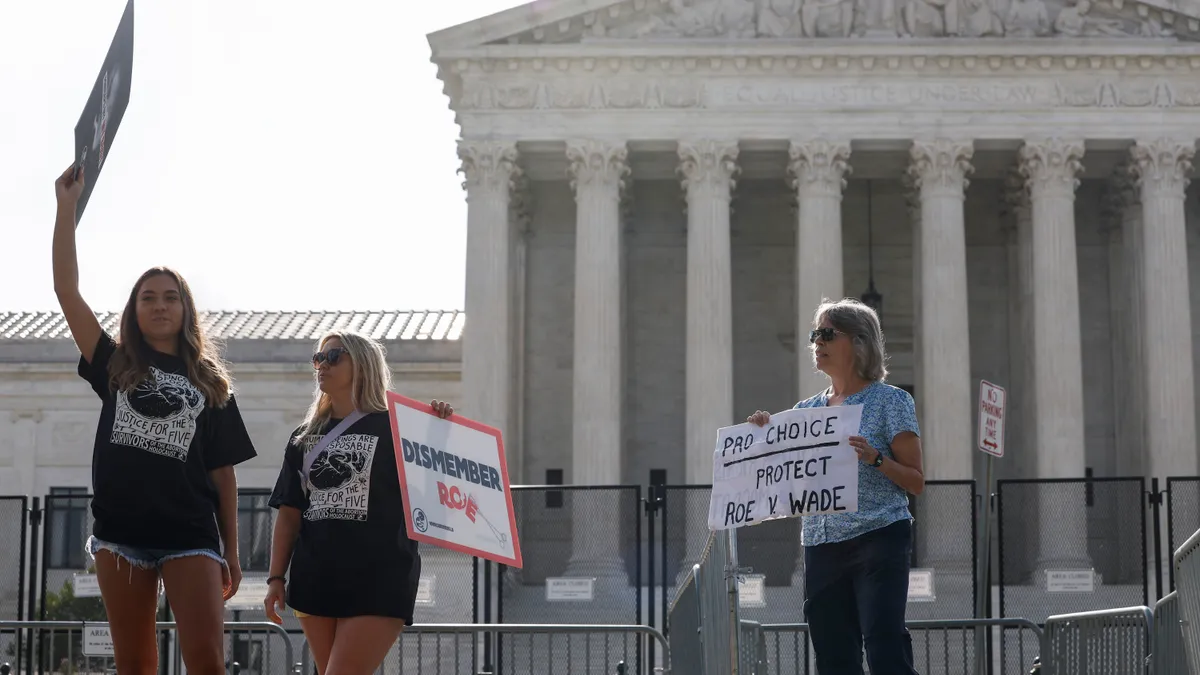Attorney Neil C. Schur is a litigator and shareholder in Anderson Kill’s Philadelphia office. He is a member of the firm's Employment & Labor Group.
In the wake of President Donald Trump’s executive orders on diversity, equity and inclusion, construction businesses should examine their DEI policies and practices to formulate a plan of action. Options include considering a change in policy, reaffirming a commitment to DEI or simply taking a wait-and-see approach.

The construction industry is historically dominated by homogenous workforces and has struggled for decades to improve the representation of women and people of color in its ranks, as well as, more recently, those who identify as transgender or non-binary — both in hiring and promotions.
The share of workers who were women, Black and Asian in 2024 were all lower in the construction industry than in the U.S. workforce as a whole, according to the Bureau of Labor Statistics.
Direct measures and formal policies intending to alter this makeup may now attract enforcement activity.
A focus on “illegal” DEI
Trump’s Jan. 21 executive order, titled “Ending Illegal Discrimination and Restoring Merit-Based Opportunity,” focuses on government agencies and contractors. It directs the Office of Federal Contract Compliance Programs (in the Department of Labor) to stop promoting diversity, hold contractors responsible for taking affirmative action and prohibit so-called “workforce balancing” based on race, color, sex, sexual preference, religion or national origin.
Since workforce balancing is no longer allowed, contractors that wish to do business with the federal government may have to alter or eliminate existing DEI programs.
Importantly, the order also directs federal agencies to scrutinize illegal DEI preferences, mandates, policies, programs and activities in the private sector. It instructs the attorney general and the director of the Office of Management and Budget to take “appropriate measures to encourage the private sector to end illegal discrimination and preferences, including DEI.”
The order mandates that each agency conduct potential civil compliance investigations of publicly traded corporations, large non-profit corporations or associations, foundations with assets of $500 million or more, state and local bar and medical associations, and institutions of higher education with endowments over $1 billion.
The most relevant government agency for enforcement of federal employment law is the U.S. Equal Employment Opportunity Commission. Recently appointed EEOC Chair Andrea Lucas has said her priorities include “rooting out unlawful DEI-motivated race and sex discrimination.”
EEOC has removed language promoting what the current administration deems inappropriate gender ideology (the view that human beings are not defined by their biological sex, but by their "internal sense of gender") on EEOC’s internal and external website and documents, including webpages, statements, social media platforms, forms and trainings.
What DEI measures are deemed unlawful?
The order doesn’t ban all DEI — just “unlawful” or “illegal” instances. But what, exactly, does that mean?
The answer will surely evolve. For now, we know that educational, cultural or historical observances — such as Black History Month, International Holocaust Remembrance Day, or similar events — that celebrate diversity, recognize historical contributions, and promote awareness without engaging in exclusion or discrimination are unlikely to be viewed by the Trump administration as illegal.
The order also suggests the Trump administration wants “merit-based” hiring, firing, promotion and compensation programs that provide equal access to opportunities and skills development and do not give special advantages to one person or group over another.
Although a president’s legal authority to mandate that the private sector abandon DEI practices is questionable, the order does signal — loudly and clearly — the Trump administration’s interpretation that certain DEI practices are themselves discriminatory and unlawful. According to the order, illegal DEI would likely include:
- Quotas. For example, a policy that says 30% of new hires must be women.
- Set-asides. For instance, reserving a vacant position for someone other than a White male.
- Preferences. Examples would include giving a “plus” to a female or person of color because of their protected characteristic, even if the plus is given to break a tie.
While the order implies an initial focus on larger, publicly held companies, institutions and organizations, mid-sized and even smaller closely held companies should not consider themselves immune and may become targets. The reach of the administration’s scrutiny may also extend to any industry, including construction fields.
Given the order and the statements of EEOC, companies that retain DEI policies and practices can expect possible claims from individual employees and/or class actions alleging reverse discrimination, as well as possible investigation by the government.
At the same time, companies that abolish DEI can also expect private litigation from employees (likely people of color and/or women) claiming discrimination. Either way, expect one side or the other to fight against whatever path you choose.
Recommended actions
So what should a contractor do? In view of this rapidly changing landscape, we recommend contractors:
- Evaluate your risk tolerance with your stakeholders.
- Work with your attorneys to perform an audit or assessment of your DEI risk, which will be protected by attorney-client privilege. This includes evaluating all DEI-related initiatives, programs and policies to ensure compliance with current law and policy. Determine steps to minimize risk or at least to take risk with eyes wide open.
- Keep in mind that nondiscrimination and fair employment policies, procedures and training programs are still essential to compliance with state and federal nondiscrimination laws.
- Whether you make any changes or not, carefully formulate a communications strategy. The perception of your position and actions may be extremely important to your employees.
- Prepare for pushback from internal or external groups — and do so now, when you have time to reflect and are not in a crisis. Be ready to defend and explain why you did what you did, but assume the administration will scrutinize your explanation.
- Train your human resources department and managers on your company’s policies, procedures and practices following your review and evaluation.























